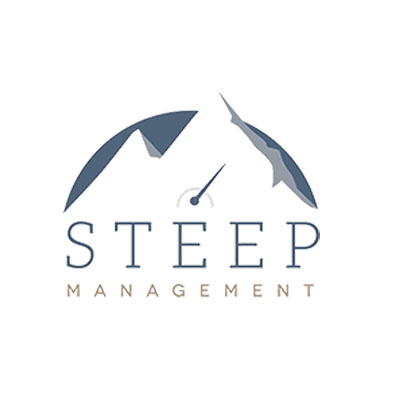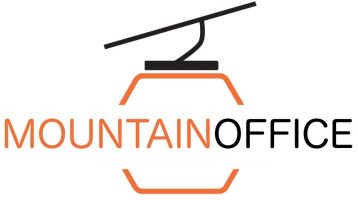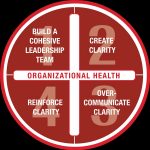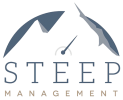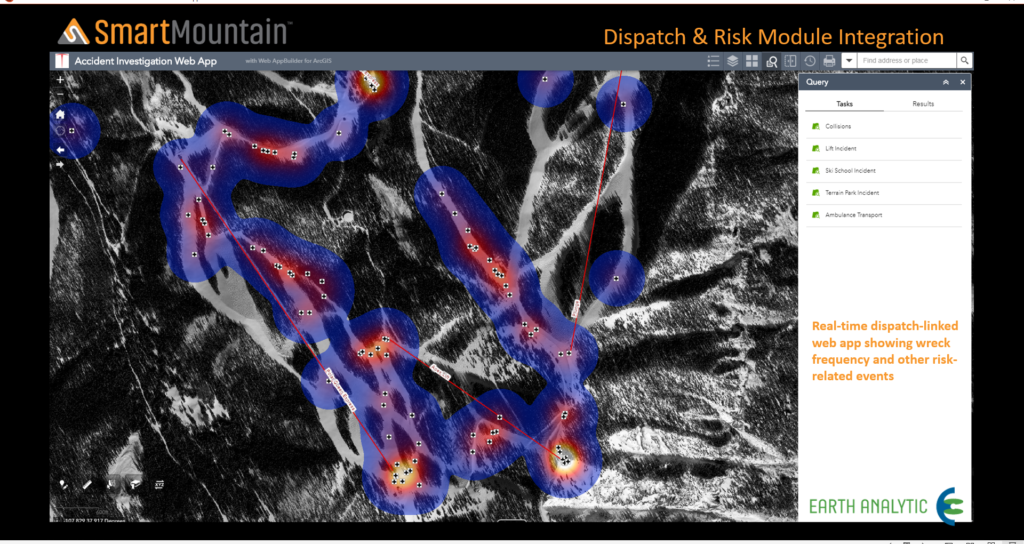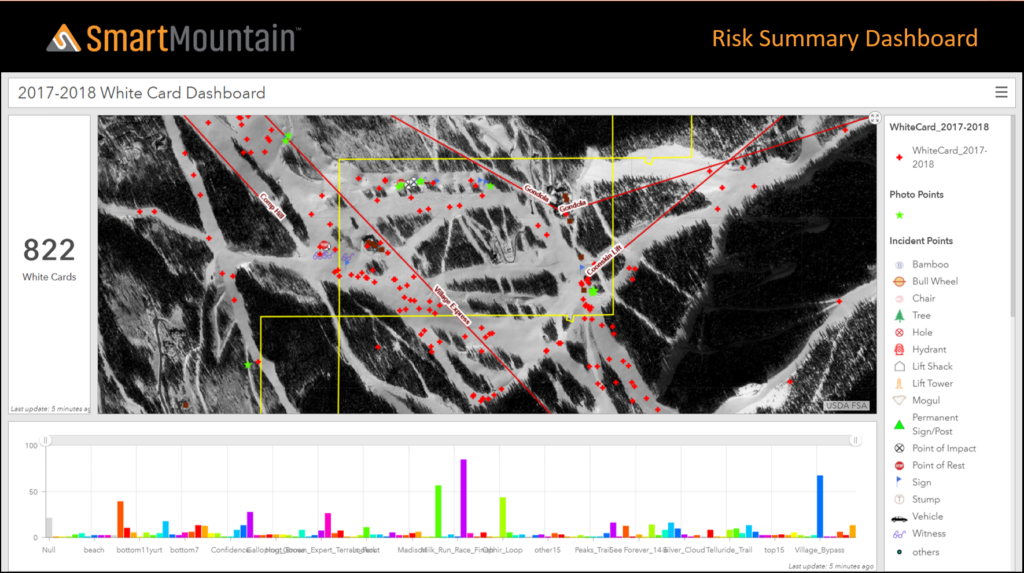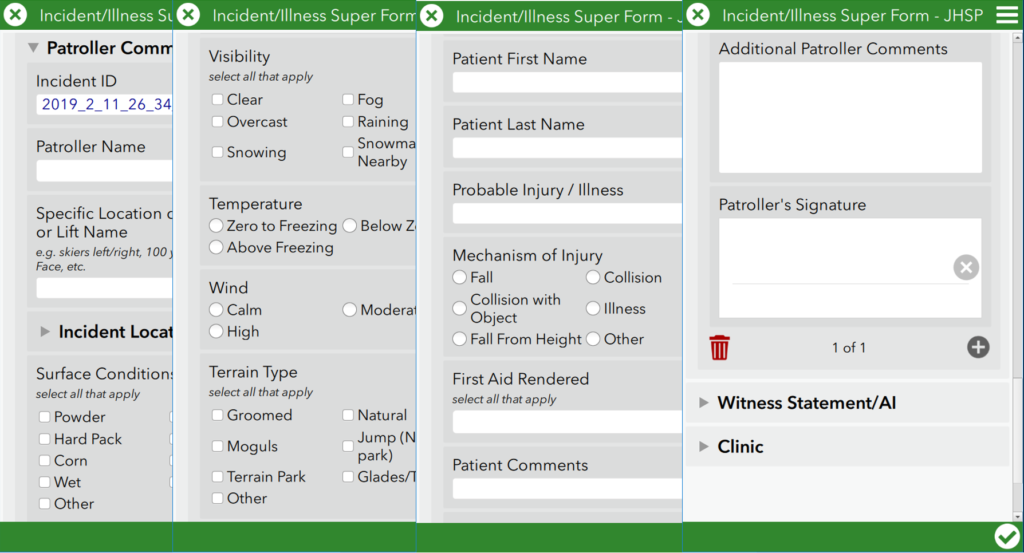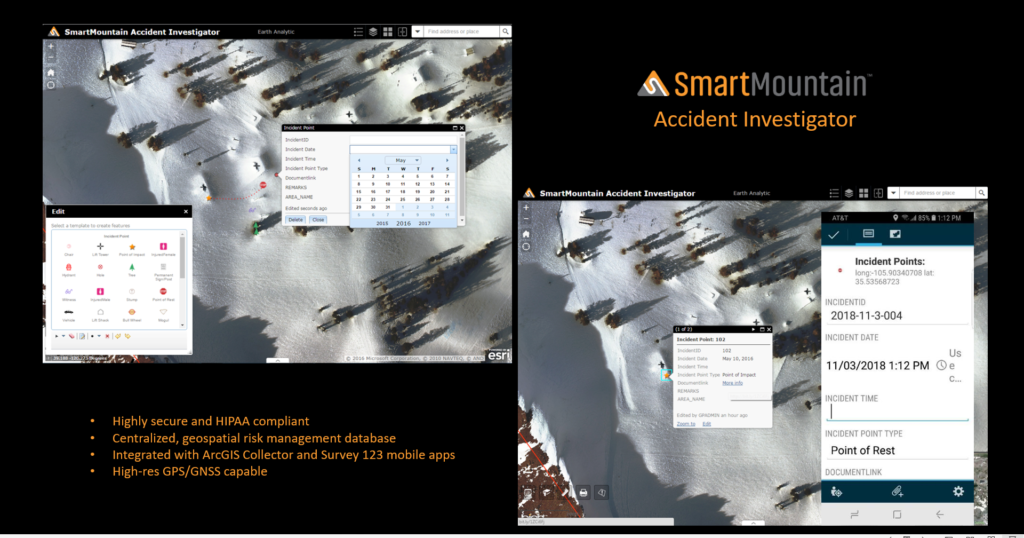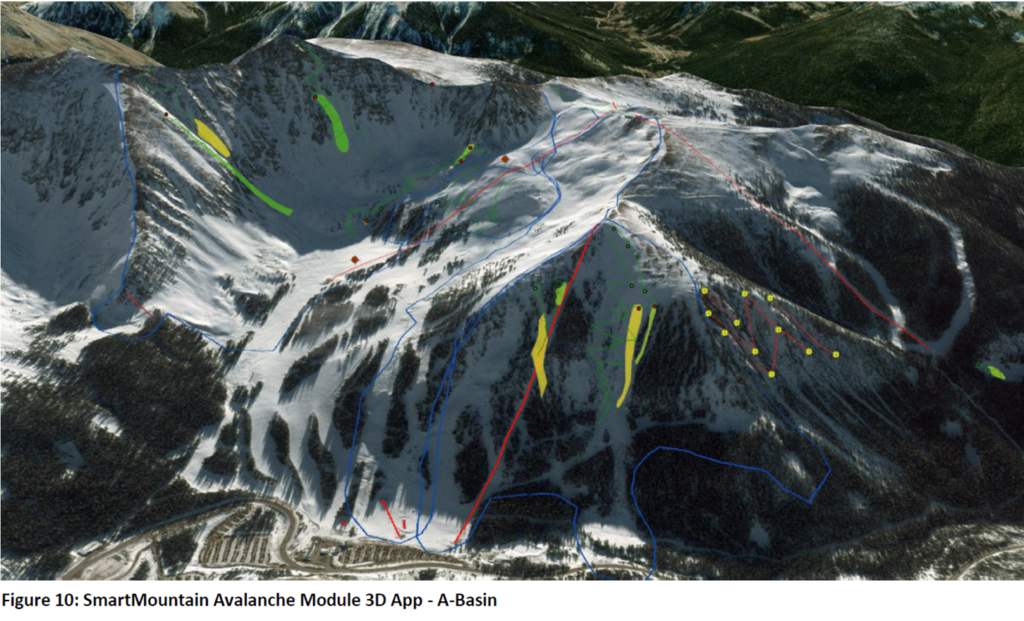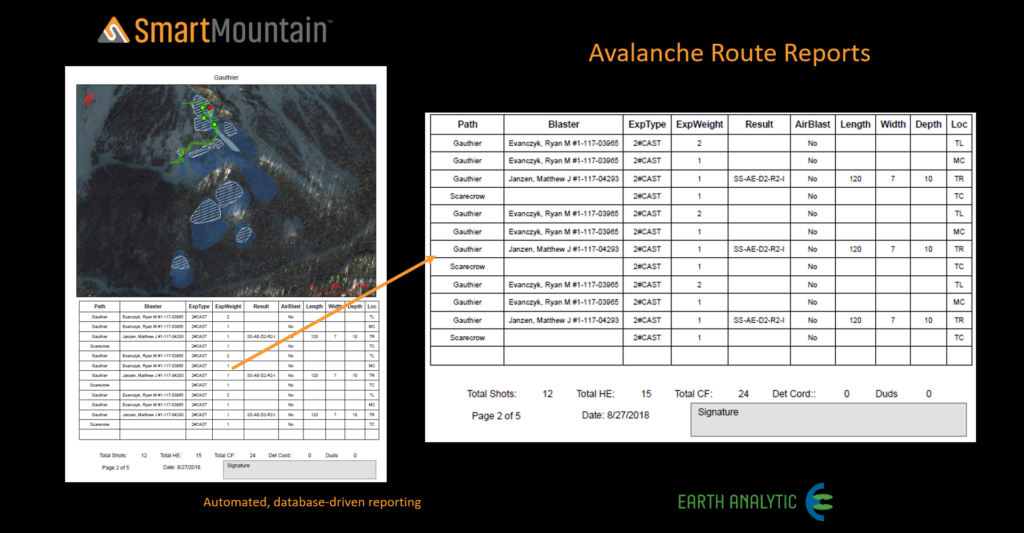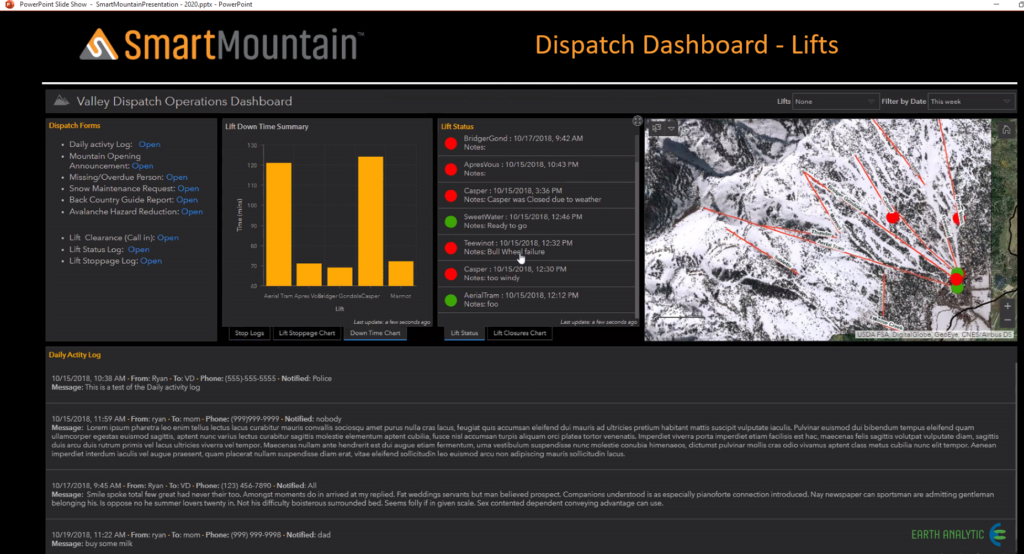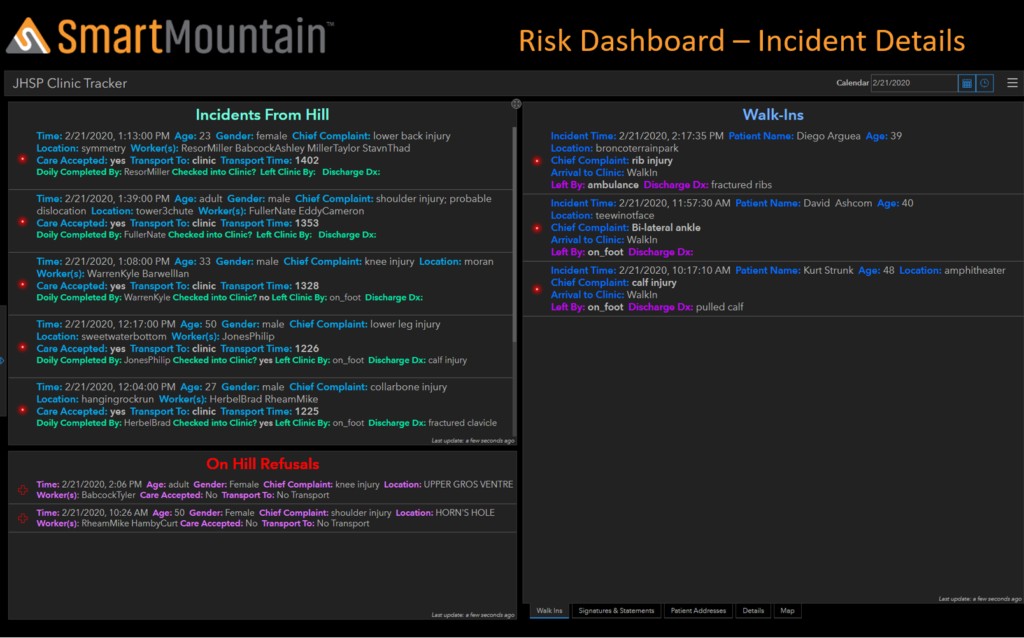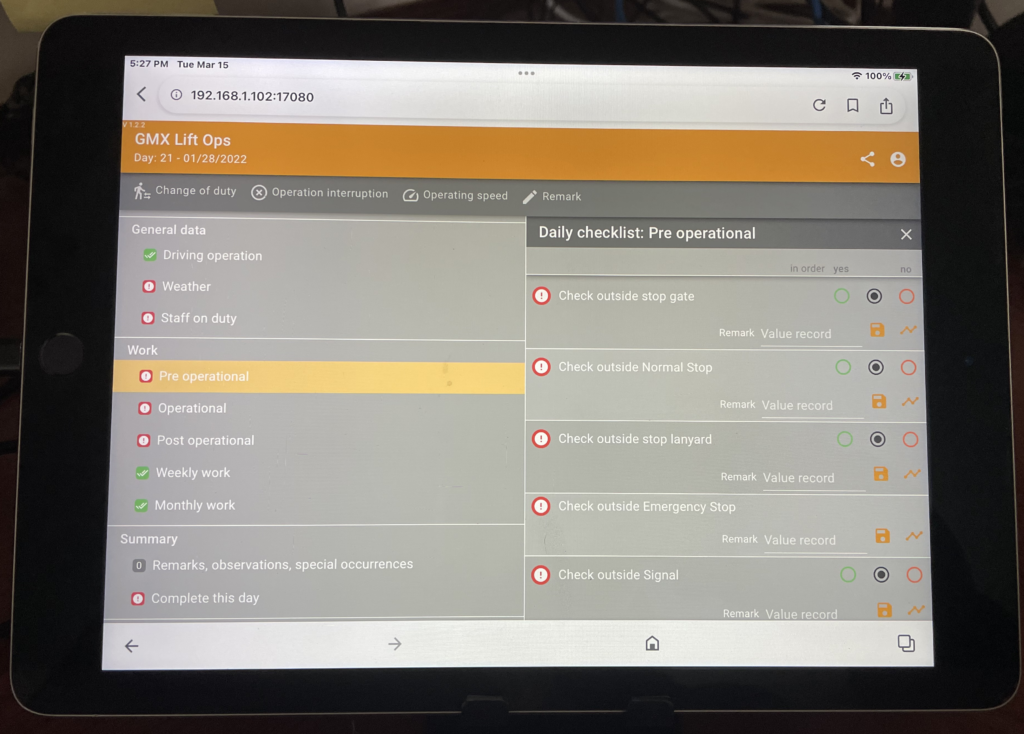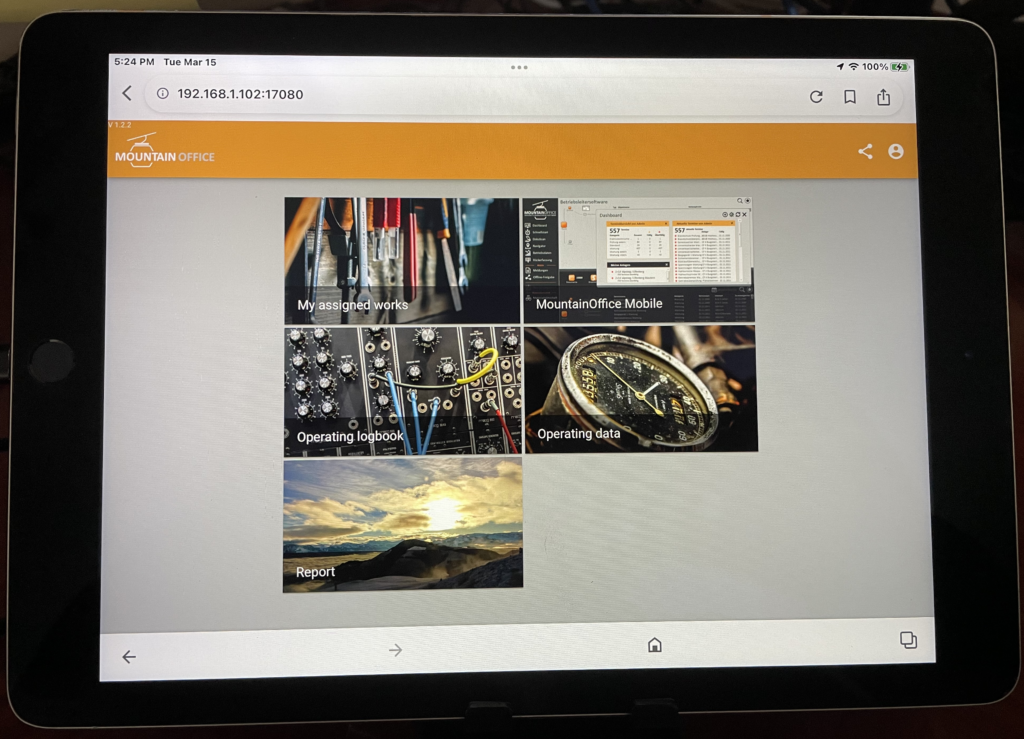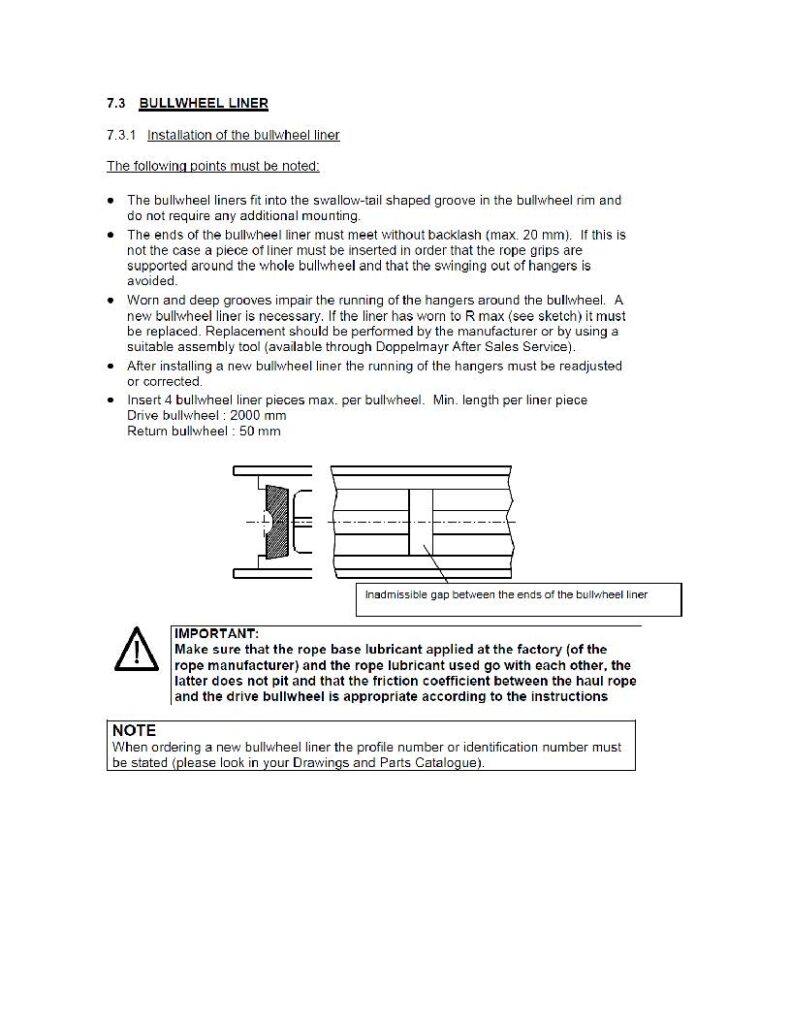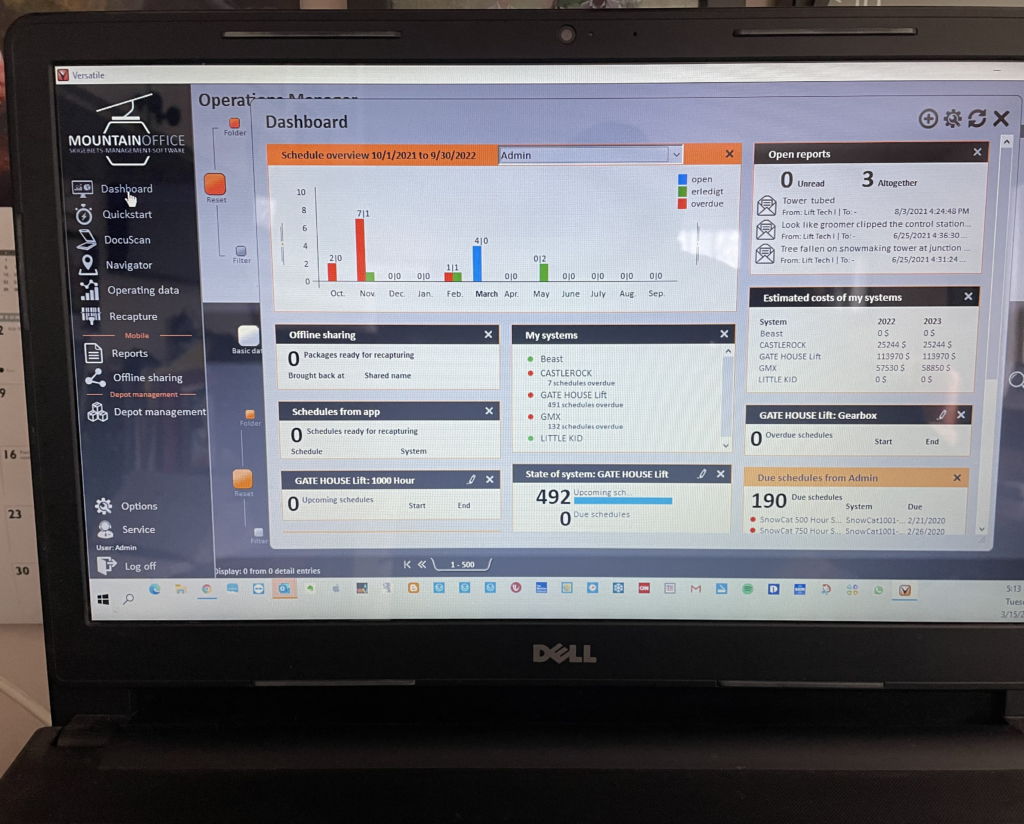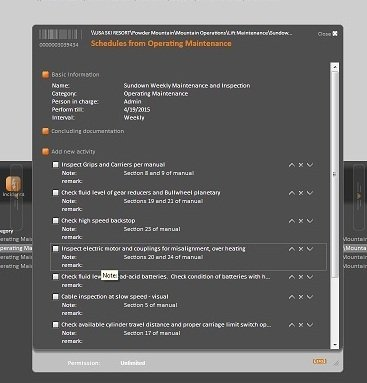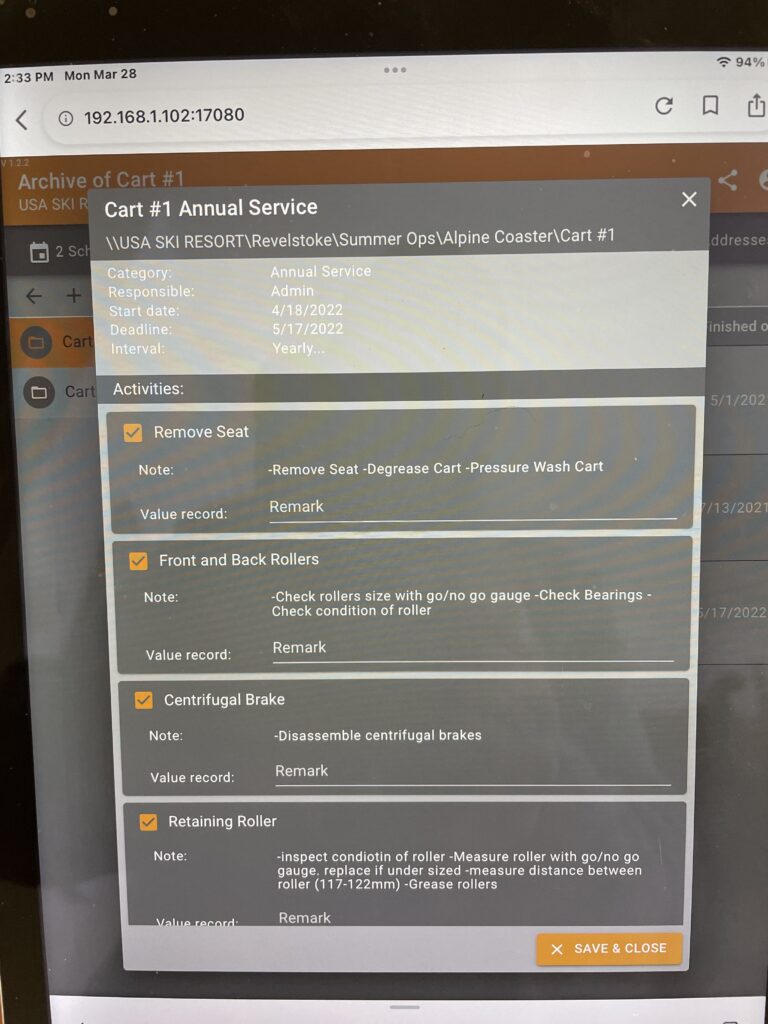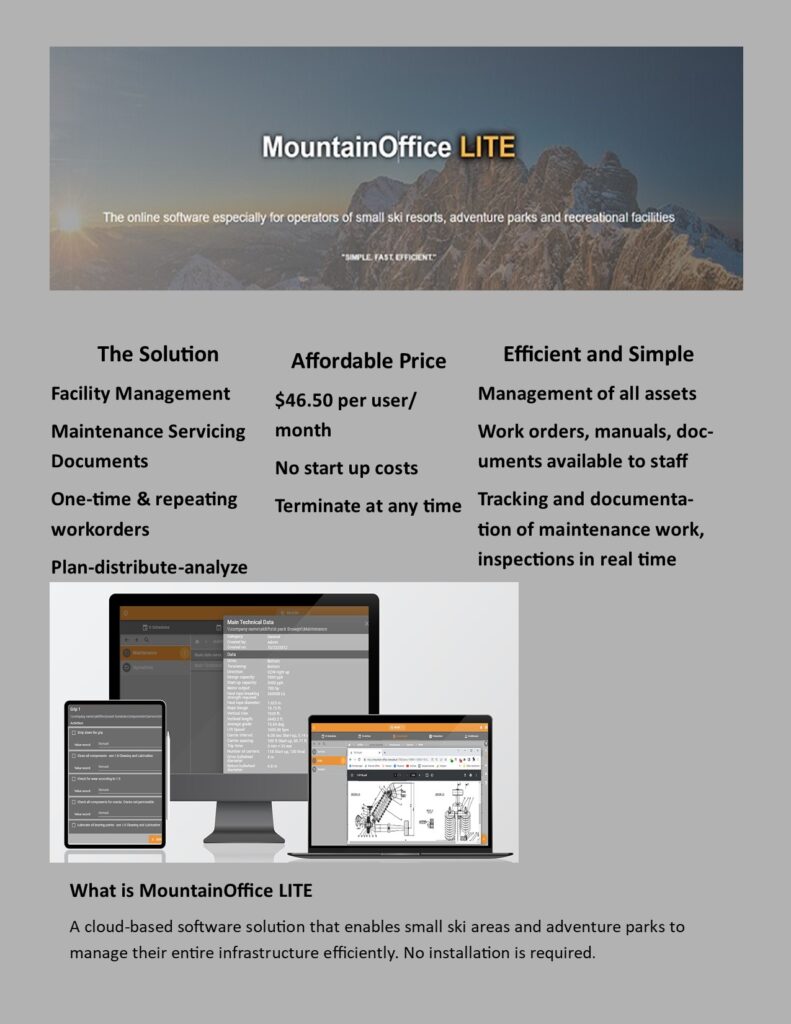
The answer for many small mountains to be able to step up and significantly improve their record-keeping.
All ski areas are alike, or are they? If you compare a mid-size ski and a large ski area, they are much alike except for the number of assets and skier days. Their organizational structure is similar just with fewer staff. A small ski area say with 2-3 lifts is much different. Its organizational structure is typically a homogenous group that does everything from lift maintenance, grooming, lift operations, and building maintenance. Being small with various people working in different areas, how do small ski areas keep track of what needs to be done, what has been done, and who did it?
The question does not even address the insurance or tramway board inspector who wants to see what work was done on each lift and the detail supporting what was done. There is now an easy-to-use answer for small ski areas, MountainOffice LITE. MountainOffice LITE would allow a small ski area for $561 per year to have the same CMMS system as a larger ski area using MountainOffice Expert. There would be no contract and you can add users, so you have a bit more flexibility.
One of the great advantages of MountainOffice is that the system allows for sharing of user logins allowing say all lift operators to log in with the same user credentials. Don’t worry the system provides for staff to input their name from the staff database and record their time and for lift operators their station on a lift. The small ski area can have multiple mobile devices with folks logging on with a generic user, doing their work, record what they have done, their time, and the materials used. This small ski area which previously had to chase paper files or files on multiple computers now has all the information relating to what has happened, what needs to be done, and important information about a lift, Groomer, pump, or compressor all in one place for as little as $561/year/user.
How do we define a small ski area? A great question and one we struggled with for some time. There were discussions about the number of skier days, the number of lifts, and the number of lifts and groomers. The metric that is in place is 17 million Vertical feet/hour total for the ski area. That sounds like a lot, but it really isn’t. This is the same metric RRC Associates uses in their work for NSAA in breaking down ski areas by size. Vertical feet/hour is an easy calculation thanks to Peter Landsman and his database in the LiftBlog.
MountainOffice LITE is very easy, you log on to a URL that MountainOffice provides, and you are now connected to your own space on a server out in the Ethernet, save, secure, and with back up regularly and no IT involved on the ski resorts end.
MountainOffice LITE offers an excellent opportunity for small ski areas to take a big step at a very reasonable cost. Call (802) 279-3081 now for a free demo.
